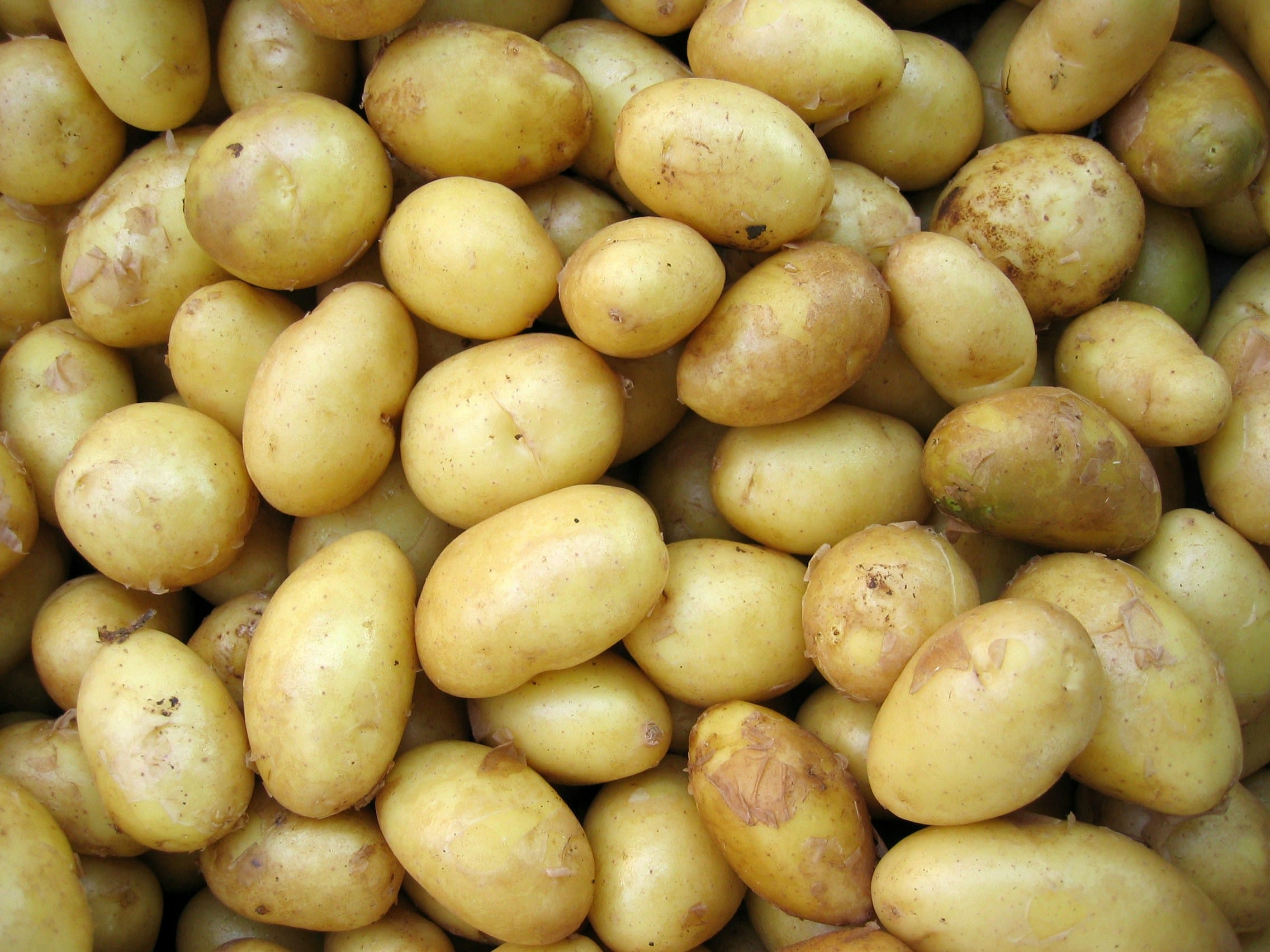Key Takeaways:
- A study by Bak et al. (2024) investigates the influence of soil and climate conditions on potato rhizosphere bacterial and fungal communities across Cheongju, Pyeongchang, and Gangneung regions.
- Precipitation emerged as a crucial limiting factor for yield, with soil physiochemical factors closely affecting microbial communities in correlation with potato yields.
- Distinct microbial patterns were observed across regions, with beneficial microbes predominantly found in Pyeongchang contributing to higher yields, whereas detrimental microbes associated with lower yields were found in Gangneung.
- Pyeongchang exhibited the greatest microbial diversity, including beneficial taxa such as Propionibacteriales, Burkholderiales, and Vicinamibacteriales, contrasting with the diversity in Gangneung, which included potential yield-reducing taxa.
- The study suggests that microbial community analysis and soil and weather data could be instrumental in assessing site suitability for potato cultivation.
Regional Variations in Potato Rhizosphere Microbiomes
In a novel study, Bak et al. (2024) have explored how different soil and climatic conditions across Cheongju, Pyeongchang, and Gangneung regions affect the bacterial and fungal communities within the potato rhizosphere and how these variations correlate with potato yields. The research highlights precipitation as a primary yield-limiting factor, alongside significant influences from soil physiochemical properties on the microbial communities correlated with yield variations.
Microbial Communities and Potato Yield Correlations
The investigation revealed region-specific microbial patterns that align with yield outcomes. In Pyeongchang, where the highest potato yields were recorded, microbial communities showed positive correlations with yield. This region was characterized by a diverse array of bacterial and fungal taxa, including Propionibacteriales, Burkholderiales, and Vicinamibacteriales, known for their beneficial roles in plant growth and health. Conversely, Gangneung, which saw the lowest yields, was associated with microbial communities containing potentially yield-negative taxa like Sordariales, Mortierellales, Cystofilobasidiales, and Tremellales, suggesting a possible impact of drought stress on these communities.
Insights for Potato Production and Site Suitability
This comprehensive study provides crucial insights into the complex interactions between soil, climate, and rhizosphere microbial communities and their collective impact on potato yields. The detailed analysis of microbial communities and their correlation with yield across different regions underlines the potential of using such data to inform site selection and management strategies for potato cultivation. Identifying specific bacterial and fungal taxa associated with high and low yields offers a valuable resource for developing targeted interventions to enhance potato production, emphasizing the role of microbial diversity in agricultural sustainability.
Read more here.
Photo by Hai Nguyen on Unsplash


